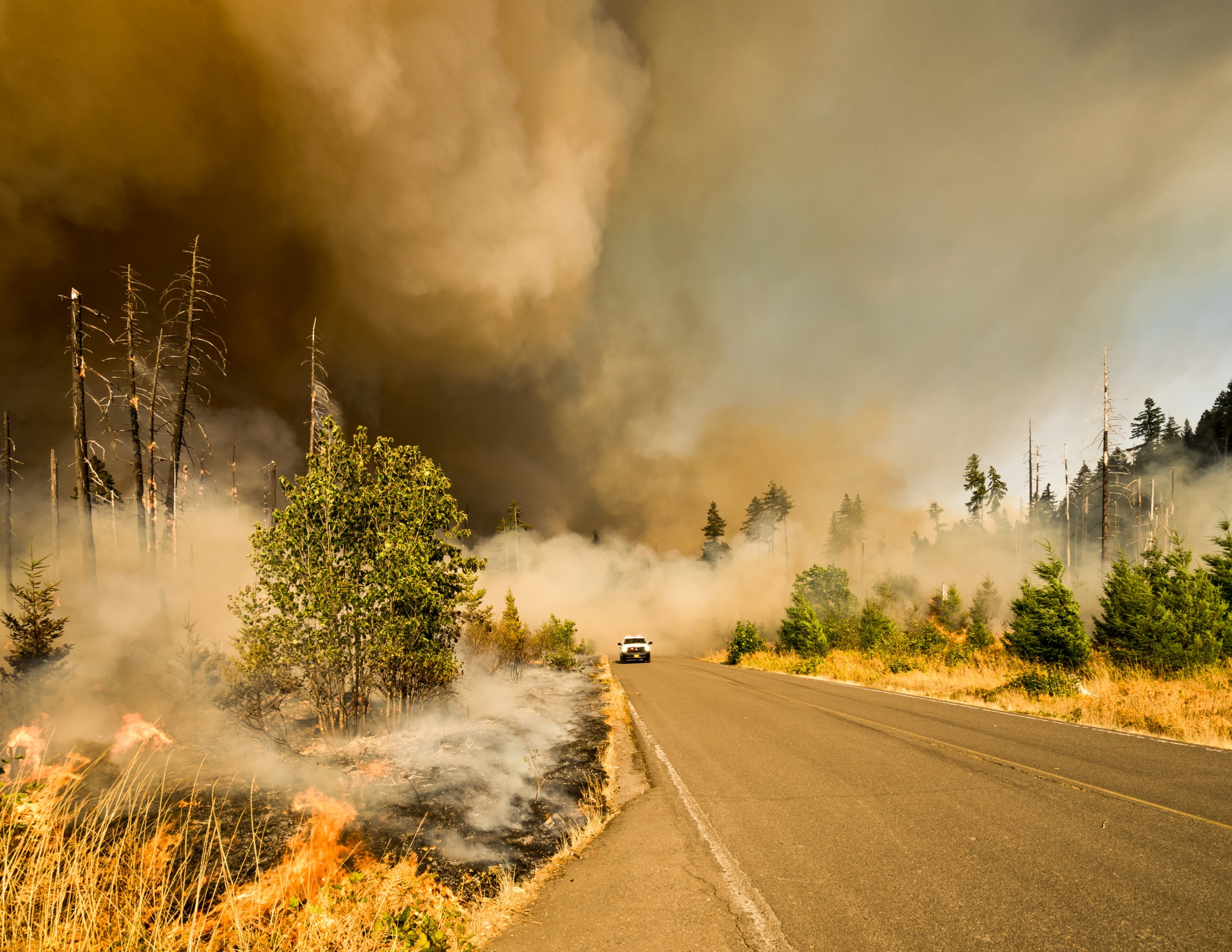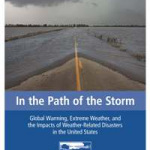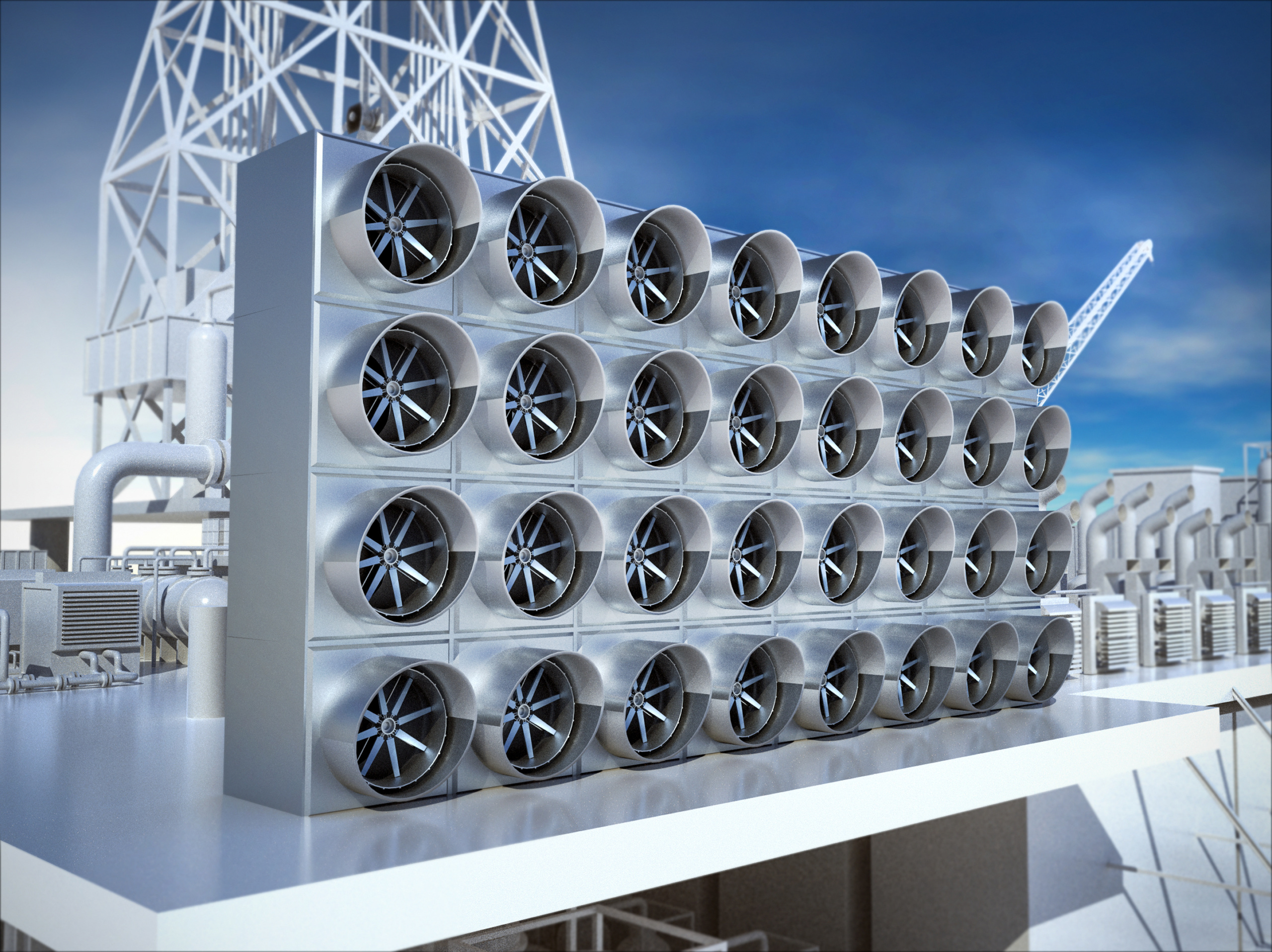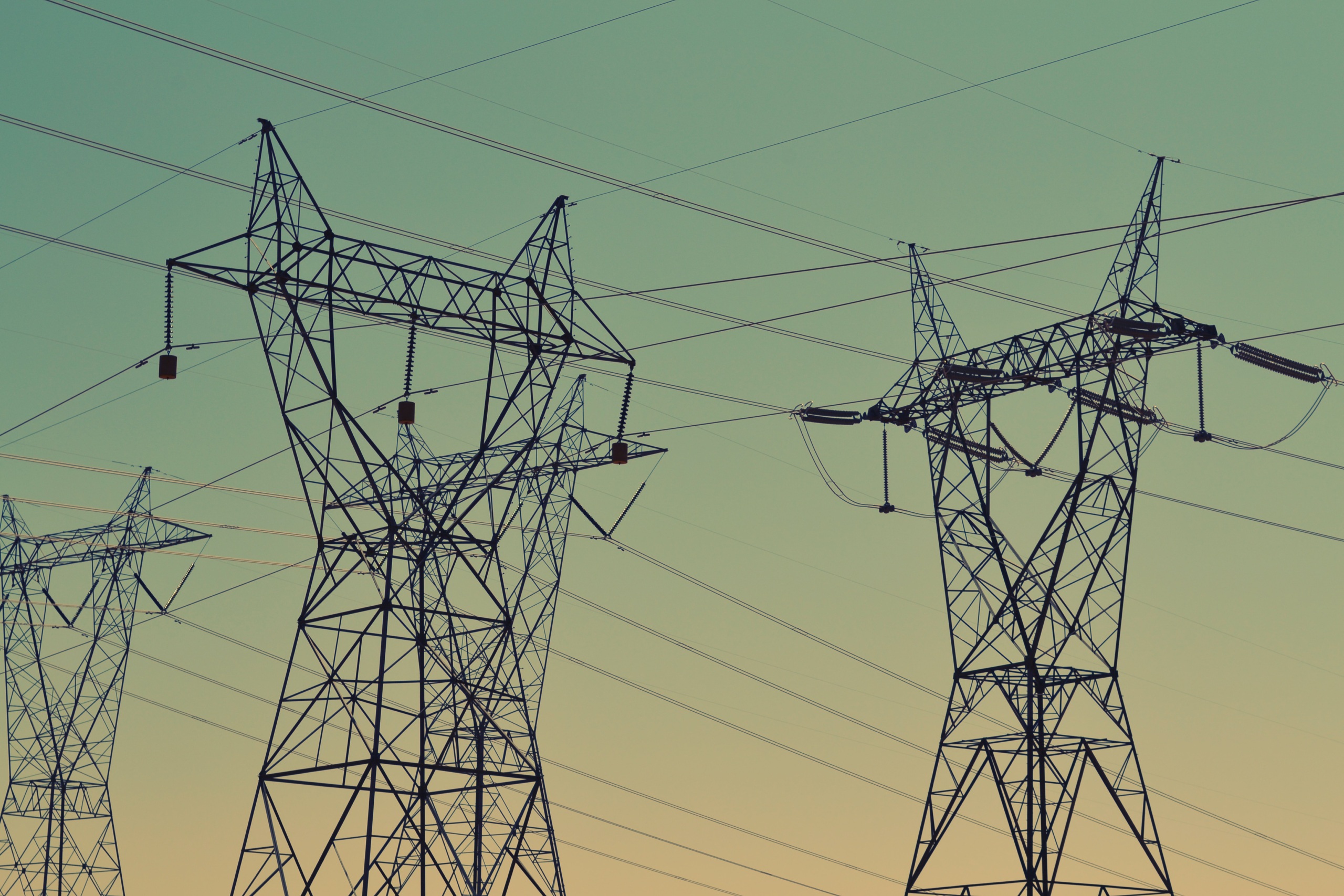
In the Path of the Storm
Global Warming, Extreme Weather, and the Impacts of Weather-Related Disasters in the United States
After a year that saw many parts of the country hit by scorching heat, devastating wildfires, severe storms and record flooding, a new Environment Missouri report documents how global warming could lead to certain extreme weather events becoming even more common or more severe in the future. The report uses FEMA data to detail the number of weather disasters that Missouri counties have experienced in recent years, and also highlights recent extreme weather events that have impacted Missouri and the nation, such as the flooding of southeast Missouri the summer of 2011. The report offers policy recommendations for the United States to take steps in reducing global warming pollution.
Environment Missouri Research and Policy Center

Executive Summary
Weather disasters kill or injure hundreds of Americans each year and cause billions of dollars in economic damage. The risks posed by some types of weather-related disasters will likely increase in a warming world. Scientists have already detected increases in extreme precipitation events and heat waves in the United States, and the Intergovernmental Panel on Climate Change recently concluded that global warming will likely lead to further changes in weather extremes.
Since 2006[i], federally declared weather-related disasters in the United States have affected counties housing 242 million people – or roughly four out of five Americans. The breadth and severity of weather-related disasters in the United States – coupled with the emerging science on the links between global warming and extreme weather – suggest that the United States should take strong action to reduce emissions of global warming pollution and take steps to protect communities from global warming-fueled extreme weather events.
Weather-related disasters are common in the United States, affecting people in every part of the country. However, the number of people affected by weather-related disasters in 2011 was unusually high, and the number of extremely costly disasters was unprecedented.
- Since 2006, weather-related disasters have been declared in every U.S. state other than South Carolina. During this period, weather-related disasters affected every county in 18 states and the District of Columbia. (Alabama, Arkansas, Connecticut, Delaware, Hawaii, Iowa, Louisiana, Maryland, Maine, Massachusetts, Missouri, North Dakota, Nebraska, New Hampshire, New Jersey, Oklahoma, Rhode Island and Vermont.)
- More than 15 million Americans live in counties that have averaged one or more weather-related disasters per year since the beginning of 2006. Ten U.S. counties – six in Oklahoma, two in Nebraska, and one each in Missouri and South Dakota – have each experienced 10 or more declared weather-related disasters since 2006.
- More Americans were affected by weather-related disasters during 2011 than in any year since 2004. The number of disasters inflicting more than $1 billion in damage (at least 14) set an all-time record, with total damages from those disasters of at least $55 billion.
Record-breaking extreme weather events were responsible for many of 2011’s worst weather-related disasters.
- Texas experienced the hottest summer (June through August) ever recorded in any U.S. state*, smashing the previous record set by Oklahoma during the Dust Bowl summer of 1934 by an astonishing 1.6 degrees. (* see correction below) The high temperatures, combined with Texas’ driest 12-month period on record, triggered an exceptional drought that ruined crops and led to the state’s worst wildfire season in history. Wildfires claimed the lives of 10 people in Texas, while more than 20 people in Texas and Oklahoma perished from extreme heat.
- Parts of the upper Plains experienced their wettest spring on record, contributing to massive flooding along the Missouri River. The Missouri basin topped its all-time record for monthly runoff, while the nearby Souris River overwhelmed defenses that had been designed to withstand a 100-year flood, inundating much of Minot, North Dakota, and forcing cancellation of the North Dakota State Fair. At least five people died in flooding in the upper Plains.
- Much of the Ohio River Valley experienced its wettest spring on record, causing the Mississippi River to approach a 74-year high at Memphis, inflicting more than $6 billion in damage, and resulting in at least seven deaths.
- New Jersey experienced its wettest month in its history (August 2011), punctuated by heavy rains from Hurricane Irene that sent rivers to historic highs and damaged more than 2,000 homes.
- Chicago experienced its third-biggest snowfall in history, while much of the Northeast experienced its heaviest October snowfall in at least two centuries.
Some types of extreme weather events have become more common in recent years in the United States and worldwide, while science projects that global warming will likely fuel further changes in extreme weather in the years ahead.
- The United States has experienced an increase in heavy precipitation events, with the rainiest 1 percent of all storms delivering 20 percent more rain on average at the end of the 20th century than at the beginning. The trend toward extreme precipitation is projected to continue, even though higher temperatures and drier summers will likely also increase the risk of drought in between the rainy periods and for certain parts of the country.
- The United States has experienced an increase in the number of heat waves over the last half-century. Scientists project that heat waves and unusually hot seasons will likely become more common in a warming world.
- Hurricanes are expected to become more intense and bring greater amounts of rainfall, even though the number of hurricanes may remain the same or decrease.
- Global warming may also increase the danger posed by extreme weather events. Rising sea level, ecosystem changes, and changes in the form of precipitation could reduce the ability of natural and man-made systems to withstand even “normal” weather events.
The United States should reduce global warming pollution now, and begin planning for a future in which many types of extreme weather events are more severe and occur more frequently.
- The United States – including federal, state and local governments – should adopt clean energy solutions that reduce our dependence on fossil fuels and reduce global warming pollution. Among the most important steps are:
- Adopting enforceable targets, financial incentives, regulatory changes, and investment strategies that increase the use of renewable energy sources such as wind and solar power.
- Implementing appliance standards, building codes, enforceable efficiency targets for utilities, fuel-efficiency standards for vehicles and other steps to promote energy efficiency.
- Continuing to develop and implement the fuels and technologies of the future – from electric vehicles to energy storage devices to “smart grid” technologies and new renewable sources of energy – through government support of research, development and deployment of those technologies and the adoption of technology-forcing standards where appropriate.
- Federal and state governments should adopt and implement limits on global warming pollution capable of reducing emissions by at least 35 percent below 2005 levels by 2020 and by at least 85 percent by 2050. These emission reductions are broadly consistent with what science tells us is necessary to lessen the most costly and devastating consequences of global warming.
- Short of economy-wide caps on global warming pollution, local, state and federal governments should focus on capping and reducing pollution from the largest sources – most notably power plants and the transportation sector. Regional programs such as the Northeast’s Regional Greenhouse Gas Initiative can help to achieve this goal.
- Federal, state and local officials should take steps to better protect the public from the impact of extreme weather events – steps that save costs compared to suffering the full brunt of these extreme events. Government officials should explicitly factor the potential for global warming-induced changes in extreme weather patterns into the design of public infrastructure, revise policies that encourage construction in areas likely to be at risk of flooding in a warming climate, and continue to support research on the implications of global warming.
* Correction (2/13/12): Due to a revision in federal weather data that occurred after production of In the Path of the Storm was complete, Texas did not post the warmest June through August ever recorded in any U.S. state during the summer of 2011; in fact, neighboring Oklahoma did, with an average temperature 0.2 degrees warmer than that of Texas. Our original finding was based on an earlier analysis by the National Climatic Data Center (NCDC) that indicated that Texas’ average summer temperature was 0.3 degrees warmer than Oklahoma during 2011. The average summer temperature in both states during 2011 surpassed that of the previous record-holder, the “Dust Bowl” summer of 1934 in Oklahoma, as described in the report.
[i] Includes disasters related to events that began between January 1, 2006 and December 31, 2011 and for which a presidential major disaster declaration was issued prior to January 16, 2012.
Topics
Find Out More


Carbon dioxide removal: The right thing at the wrong time?

Fact file: Computing is using more energy than ever.

